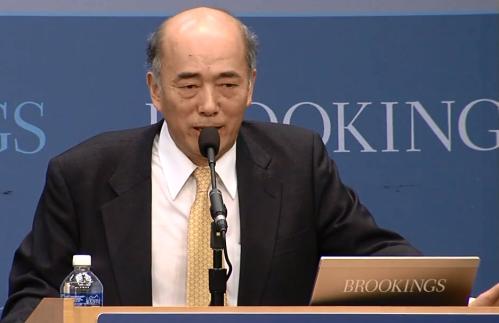

3:00 pm EST - 5:00 pm EST
Past Event
3:00 pm - 5:00 pm EST
1775 Massachusetts Avenue, N.W.
Washington, DC
20036
Two major trade agreements, the Trans-Pacific Partnership (TPP) and the Regional Comprehensive Economic Partnership (RCEP), stand to define the parameters of economic integration in Asia, arguably the world’s most dynamic region. While the TPP and RCEP are frequently described as rival trading blocs led by the United States and China respectively, we should look beyond this easy characterization to explore the complex dynamics among these mega trade agreements.
On February 11, the Center for East Asia Policy Studies hosted a public seminar to discuss the multifaceted set of economic, political and security implications generated by the coexistence of TPP and RCEP in the Asia-Pacific region. Experts from the United States and East Asia explored the extent to which these two trade blocs differ; the role that countries with dual membership, like Japan, can play in facilitating the adoption of compatible rules; the chances that China may eventually seek membership in the TPP; and the challenges and opportunities for merging these two trade groupings in a future free trade area of the Asia-Pacific.
Follow the conversation on Twitter at #MegaFTA.
Related Content

Fred Dews
February 12, 2014
2013
Brookings Institution, Washington DC
10:00 am - 11:30 am EST
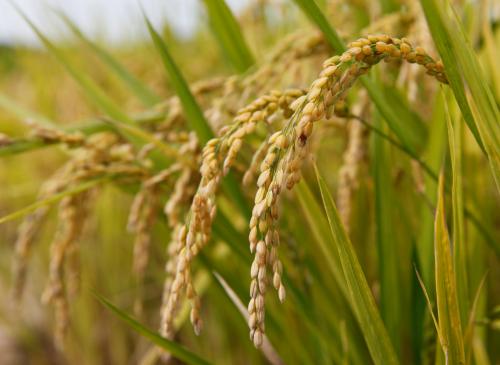
Mireya Solís
September 18, 2013
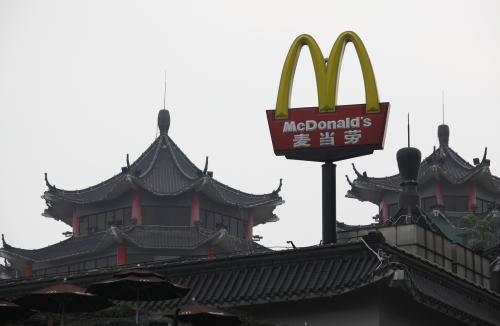
Mireya Solís
May 24, 2013
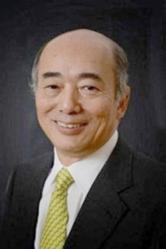


Robin Brooks
May 9, 2024
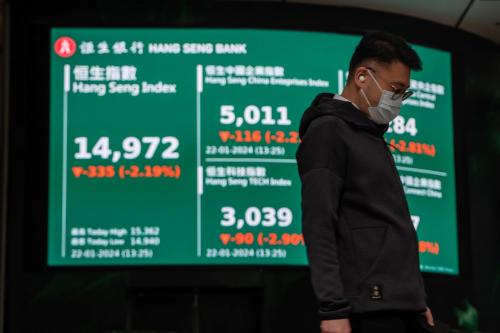
Eswar Prasad, Caroline Smiltneks
April 14, 2024
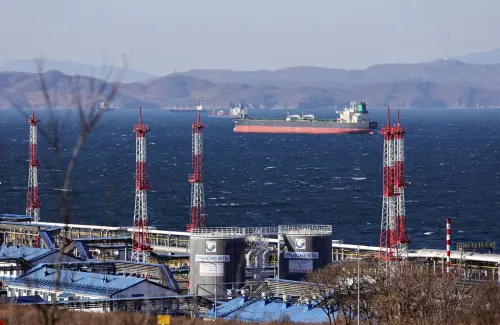
Robin Brooks
April 11, 2024